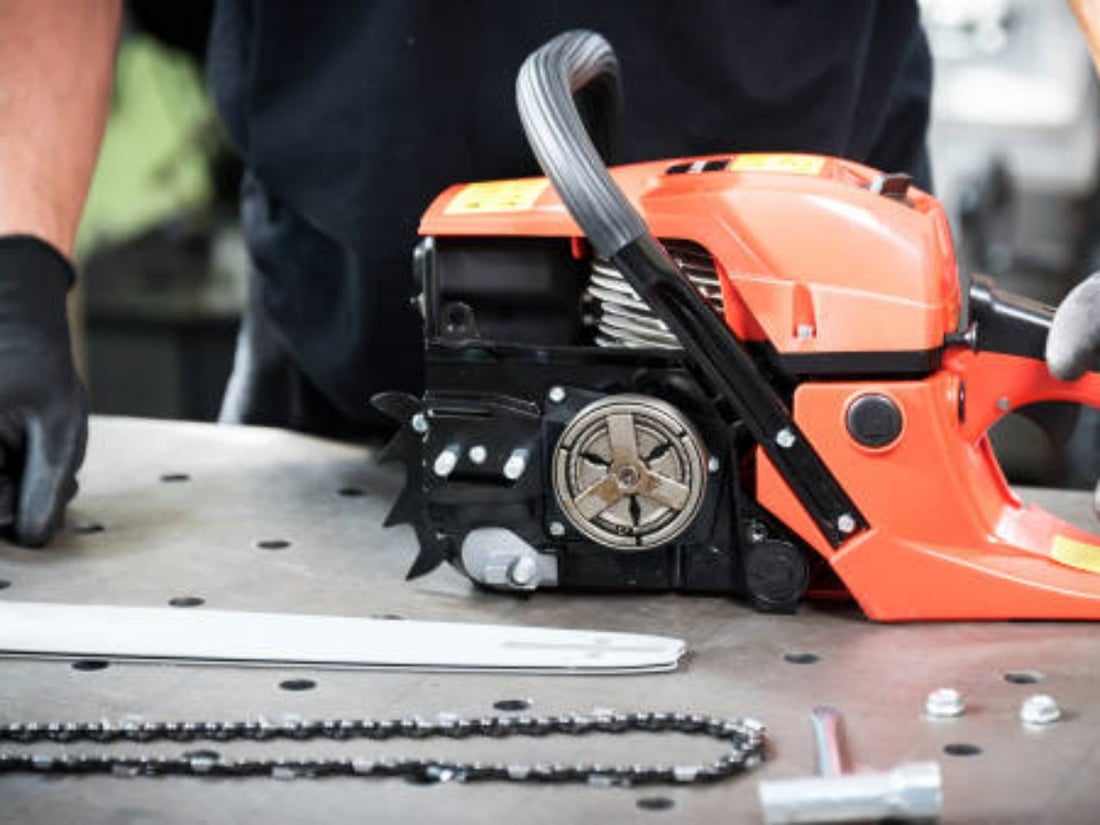Understanding Reciprocating Saw Blades
Reciprocating saws are incredibly versatile power tools that are commonly used in construction, demolition, and woodworking projects. One of the key components of these saws is the blade, which determines the tool's cutting capabilities. However, many people wonder if all reciprocating saw blades are universal and interchangeable. In this article, we will explore this question in detail, providing you with all the information you need to know about the compatibility of reciprocating saw blades.
Blade Shank Design: A Crucial Factor
When it comes to the compatibility of reciprocating saw blades, the design of the blade shank plays a crucial role. The blade shank is the part of the blade that fits into the saw's chuck or clamp. There are two main types of blade shank designs: shank type and tang type. Shank-type blades have a straight, rectangular shank, while tang-type blades have a T-shaped shank that fits into a corresponding slot in the reciprocating saw's chuck. It is important to note that reciprocating saws are designed to accommodate specific shank types, and using the wrong type of blade may result in ineffective or unsafe operation.
Blade Length: Finding the Right Fit
Reciprocating saw blades vary in length, with common sizes ranging from 3 to 12 inches. The blade length affects the cutting capacity of the saw, allowing it to cut through different materials of varying thicknesses. While some reciprocating saws have adjustable blade clamps that can accommodate different lengths, it is important to ensure that the blade you choose matches the specifications of your specific saw. Using a blade that is too short may limit your cutting capabilities, while a blade that is too long may not fit properly or may cause balance issues during operation.
Tooth Configuration: Adapting to Different Materials
The tooth configuration of a reciprocating saw blade is another important factor to consider. Different tooth configurations are designed to optimize cutting performance for specific materials. For example, blades with fewer, larger teeth are ideal for cutting through wood, while blades with more, smaller teeth are better suited for cutting through metal. Additionally, some blades have variable tooth pitch, which allows them to adapt to a wider range of materials. When selecting a reciprocating saw blade, it is essential to choose one with the appropriate tooth configuration for the material you will be cutting.
Specialized Blades for Specific Applications
While there are many universal reciprocating saw blades available on the market, there are also specialized blades designed for specific applications. These specialized blades offer enhanced cutting performance and durability for particular tasks. For example, there are blades specifically designed for cutting through masonry, fiberglass, or even pruning trees. If you frequently work with specific materials or have unique cutting needs, investing in specialized blades can greatly improve the efficiency and effectiveness of your reciprocating saw.
Compatibility with Different Brands
Another aspect to consider when determining the universality of reciprocating saw blades is compatibility with different brands. While most reciprocating saw blades are designed to fit a range of saw models, there may be variations in the blade clamps or chucks among different brands. It is always recommended to check the compatibility information provided by the blade manufacturer or consult the user manual of your reciprocating saw to ensure that the blade you choose is compatible with your specific saw model.
Choosing the Right Blade for the Job
Now that you understand the various factors that influence the compatibility of reciprocating saw blades, it is important to choose the right blade for the job at hand. Consider the material you will be cutting, the desired cutting speed, and the overall durability of the blade. Additionally, take into account any specific features or requirements that may be necessary for your project. By selecting the appropriate blade, you can maximize both the performance of your reciprocating saw and the quality of your cuts.
Regular Maintenance and Blade Replacement
Reciprocating saw blades, like any cutting tool, will eventually wear out and require replacement. It is important to regularly inspect the condition of your blades and replace them when necessary to maintain optimal cutting performance and safety. Additionally, practicing proper blade maintenance, such as cleaning and lubricating, can prolong the lifespan of your blades and ensure smooth operation.
Conclusion: Understanding Compatibility
In conclusion, not all reciprocating saw blades are universal, and compatibility is determined by factors such as blade shank design, length, tooth configuration, and brand-specific variations. It is crucial to choose the right blade for your specific saw model and the material you will be cutting. By understanding these compatibility factors and selecting the appropriate blade, you can ensure efficient, accurate, and safe cutting operations with your reciprocating saw.
If you are interested in our products or services, please feel free to contact us.


